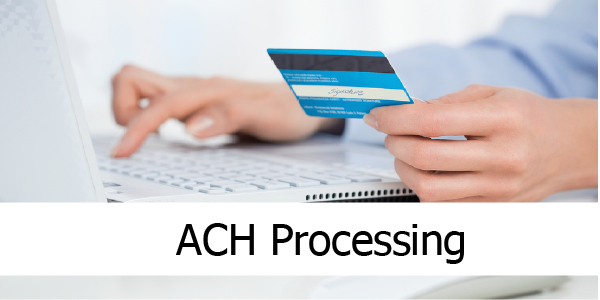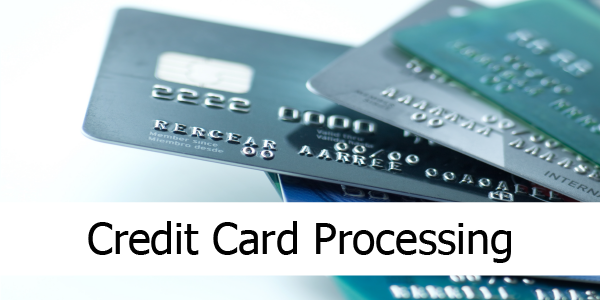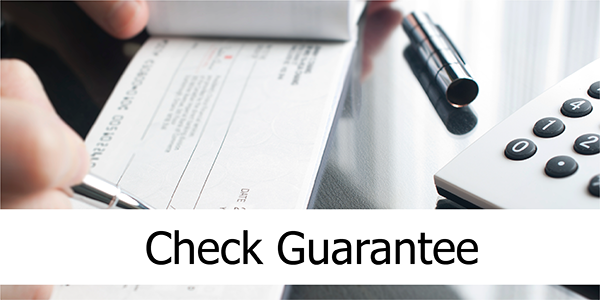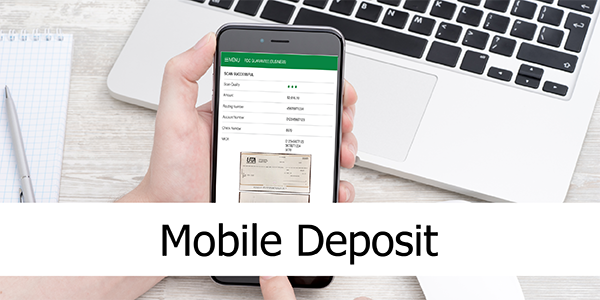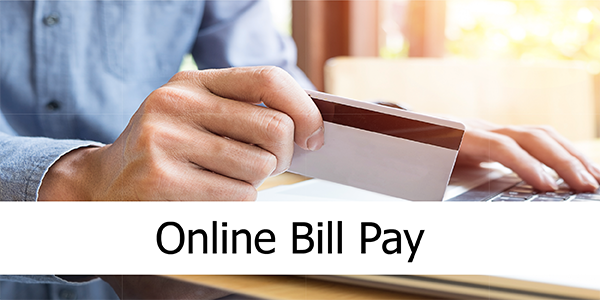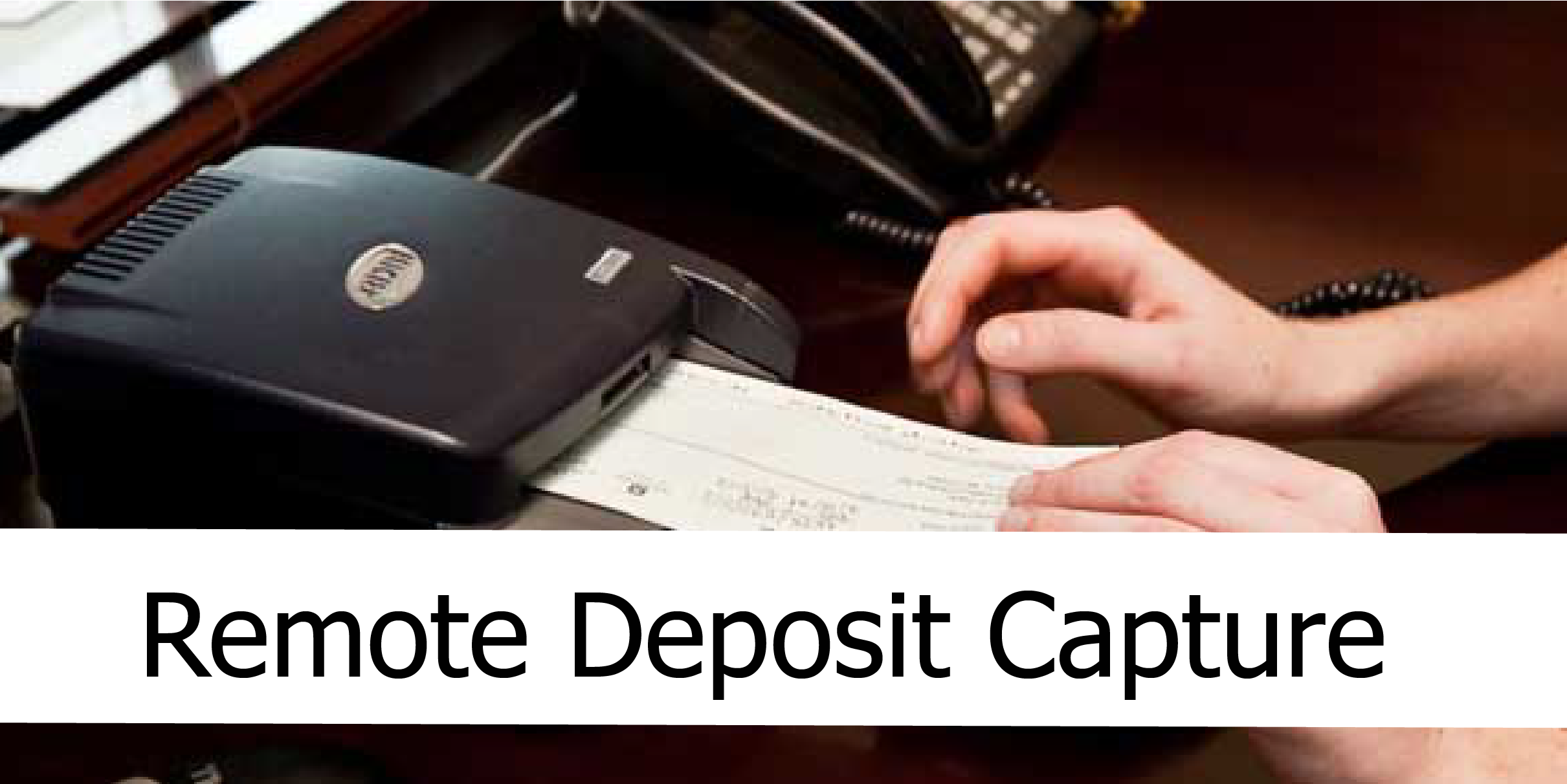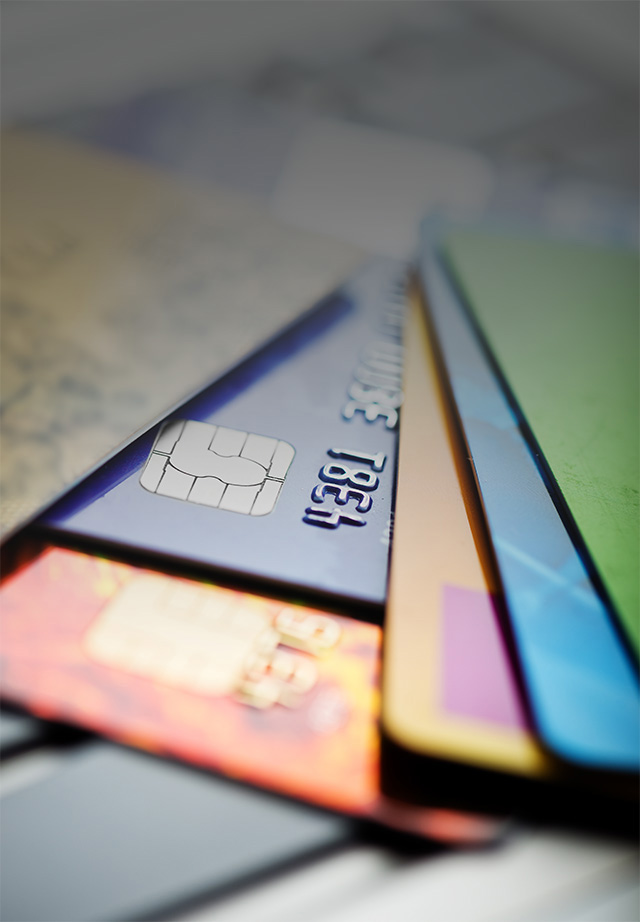The Rise Of Card-On-File Commerce
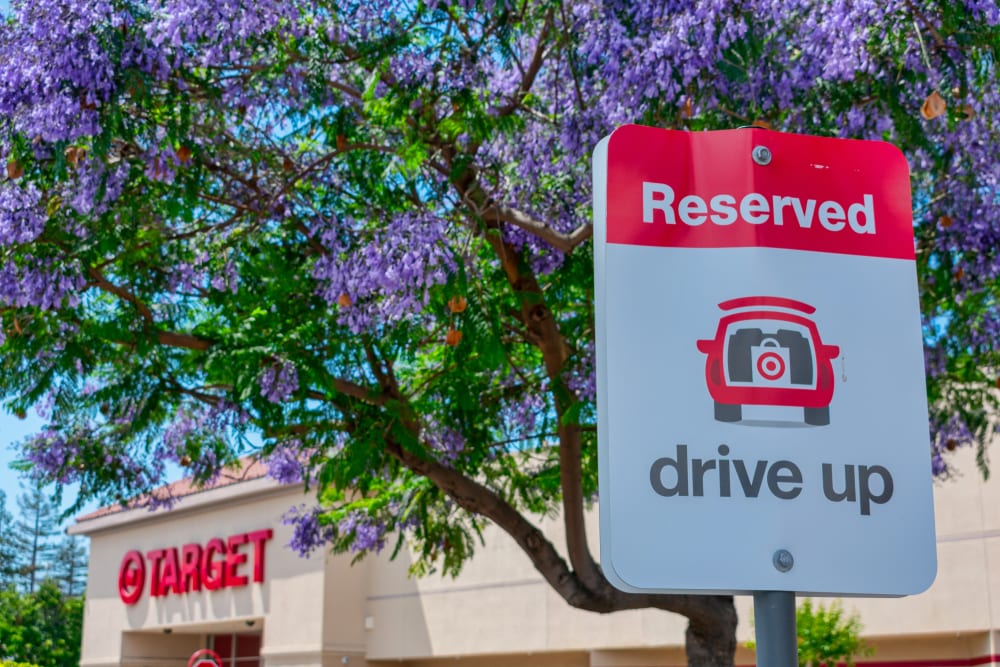
Gas stations are encouraging it. Many Main Street SMBs, local restaurants and designer boutiques are doing it for the first time. Fitness clubs have been doing it for a while — but some have gotten into trouble lately for doing it when they shouldn’t have. Uber and Starbucks pioneered it. Digital wallets and apps only work this way.
So what is ‘it’?
Capturing and then enabling card-on-file payments when consumers buy the products or services they consume in the physical world.
As the pandemic has forced the massive digital shift in how consumers and merchants interact in the physical world, and as shops and restaurants in all 50 states begin to reopen, consumers are now worried about the personal health risks related to that reopening, including touching anything that someone else has touched.
Like payments terminals.
Not surprisingly, to make consumers more comfortable shopping and checking out in their stores, retailers have rushed to enable a “contactless” payment experience.
Part of that includes reminding consumers to use their contactless cards when they check out in their stores (if they have one) or their mobile wallets (if they choose).
But given the absence of contactless card penetration in the U.S., the restrictive reopening protocols for most stores and the diversity of shopping experiences that still require a consumer to present a card to check out in a store, many retailers have gotten rather creative in how they define what it means to deliver a contactless payments experience.
Which now includes offering their customers an entirely cardless, card-on-file experience.
Source: PYMNTS.COM



